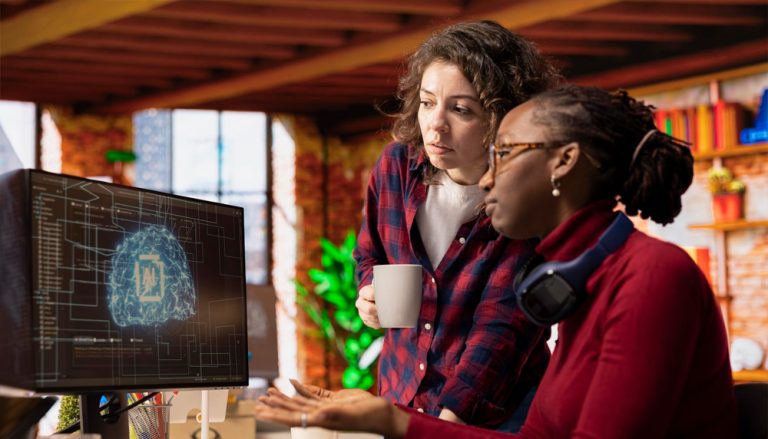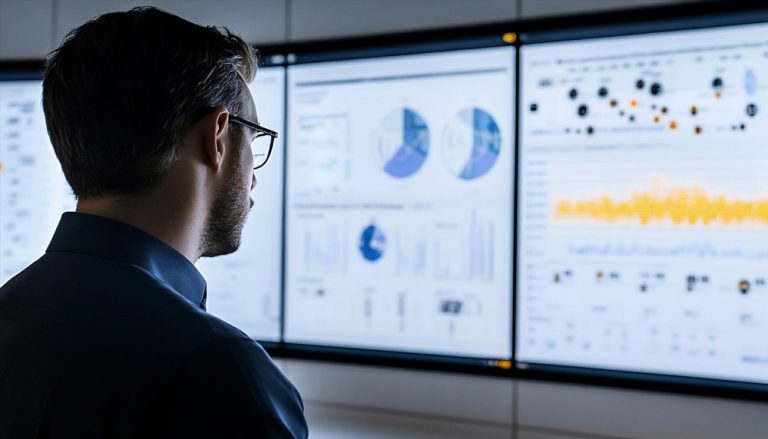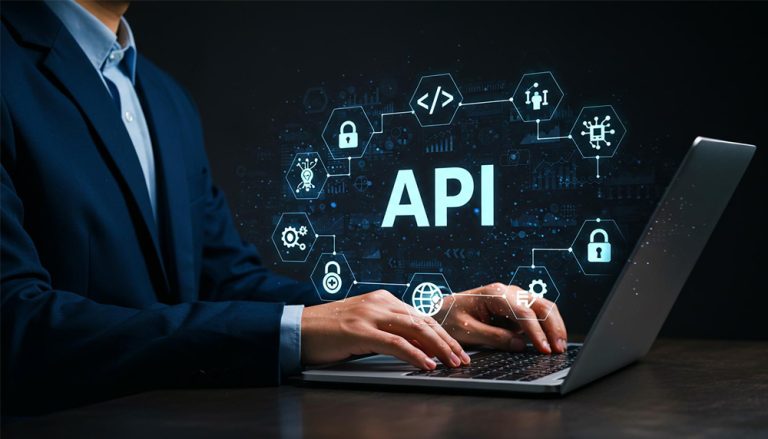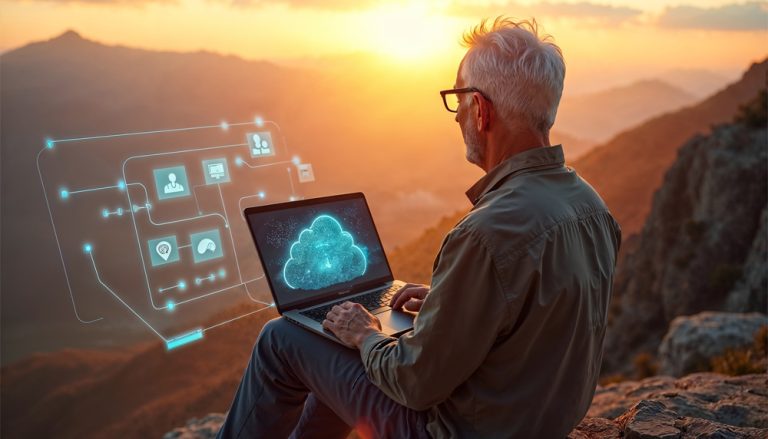
Last updated on April 7, 2025
Mixed Reality: The Cutting Edge of Immersive Experiences in Business and Learning Environment
With the advent of Mixed Reality (MR), the physical and digital worlds are no longer categorized as two distinct entities—they can be blended into one area from which users can interact with both simultaneously. MR technology is changing the way businesses function, employees are trained, and students grasp what is taught by integrating both virtual and real-world components. Enhanced collaboration, transformative change in productivity, evolution of user experience – all of this has become possible because of MR technology and its impact on multiple industries and sectors. With every usage of MR software and hardware, education and business industries stand to gain a lot more with advanced and more sophisticated features being developed alongside them.
Understanding Mixed Reality
Mixed Reality is the space that exists between Augmented Reality (AR) and Virtual Reality (VR) with AR letting users add digital items on top of the real world, while VR allows a person to escape into a totally digital domain. With MR, users can interact with physical and virtual items in real-time, resulting in increased productivity levels. They can innovate to their utmost potential because this laissez faire approach enables a user to treat virtual components as real and therefore allows them the freedom to interact with them in their environment.
Let’s look at some important use cases of Mixed Reality in business.
1. Improving Employee Training
Corporate training is one of the most important mixed reality applications. Industries like manufacturing, healthcare, and aviation are using MR simulations to offer hands-on training while limiting risks. For example, Doctors can perform surgeries within an interactive 3D environment. Engineers and factory workers can use MR headsets to guide them step-by-step in performing maintenance on pieces of equipment. In aerospace and defense sectors, pilots and soldiers get aid to prepare for their actual missions using MR for training.
2. Fostering Collaboration Across Distances
With remote work becoming more popular, MR is helping teams work together as though they are in the same physical location. Employees in virtual meeting rooms can work with digital models, creatively brainstorm using spatial computing, and collaboratively work on 3D prototypes simultaneously. Microsoft and Meta are leading the way in creating MR powered virtual workspaces which enable people to collaborate both physically and remotely.
3. Enhancing Product Design and Prototyping
MR technology has greatly reduced the time it takes to design, automate, and implement products within the automotive, architecture, and consumer electronic industries. Designers can now visualize, change, and evaluate 3D models in real-time within a common environment, which saves money and time in the development process. This technique allows for more participation and interaction in the design processes achieving better developed products.
Mixed Reality in Education: A New Learning Paradigm
1. Immersive Learning Experiences
By allowing users to create novel material, MR impacts education. Students can immerse themselves in dynamic structured environments to learn about extensive historical events, carry out intricate science experiments, or practice speaking a different language. A few significant examples are:
· Virtual field trips, where students in classrooms can travel to other parts of the world where they can learn about famous historical sites or even visit space stations.
· STEM education, where students explore and learn by touch, like playing with molecules or physics toys.
· Language learning, where students are taught by virtual teachers and practice with real-life people.
2. Personalized and Adaptive Learning
MR created possibilities to personalize education through content alteration based on progress and learning capabilities of the student. The use of interactive 3D models along with AI tutors increases the effectiveness of learning by enabling instantaneous feedback tailored to the particular individual.
3. Growth of Skills and Vocational Training
Autonomous mixed reality is being integrated into vocational learning programs for plumbing, electrical, and automotive trade skills MR is programmed so that students can learn the theory while at the same time getting pseudo practical work in a cost-efficient manner.
New Trends in Hardware and Software
Progress in mixed reality is being sponsored hardware and software integration, as outmoded versions become simpler and powered. The major features are:
· Next gen versions of MR goggles – Microsoft HoloLens 2 and Meta Quest Pro products are gradually shrinking, lighter, and more functional.
· MR AI apps – With the increased sophistication of AI, the MR experience is greatly enhanced with real-time object recognition, physical gesture capturing and vocal command input.
· 5G and edge computing – More responsive connection types are making cloud-based applications better with less lag and making them respond smoother.
· Enterprise usage increase – The diffusion of MR solutions makes it to more and more firms who are starting to need MR development platforms and services.
Conclusion
Mixed Reality serves us today, and its development is exciting. MR is unlocking new opportunities in immersive training and collaboration, as well as revolutionizing the architectural, educational, and entertainment industries. Companies willing to adopt MR technology will undoubtedly lead the wave of innovation and find themselves redefining the boundaries of how people can interact with the digital world.
Blanco Infotech, with its strong focus on developing Mixed Reality software solutions, serves a variety of sectors including education and enterprise. Helping businesses and educators take advantage of MR’s tremendous capabilities is made possible by our knowledge and experience in immersive technology development, AR/VR, and AI integration.
Are you ready to embrace the “mixed” future? Talk to us.






